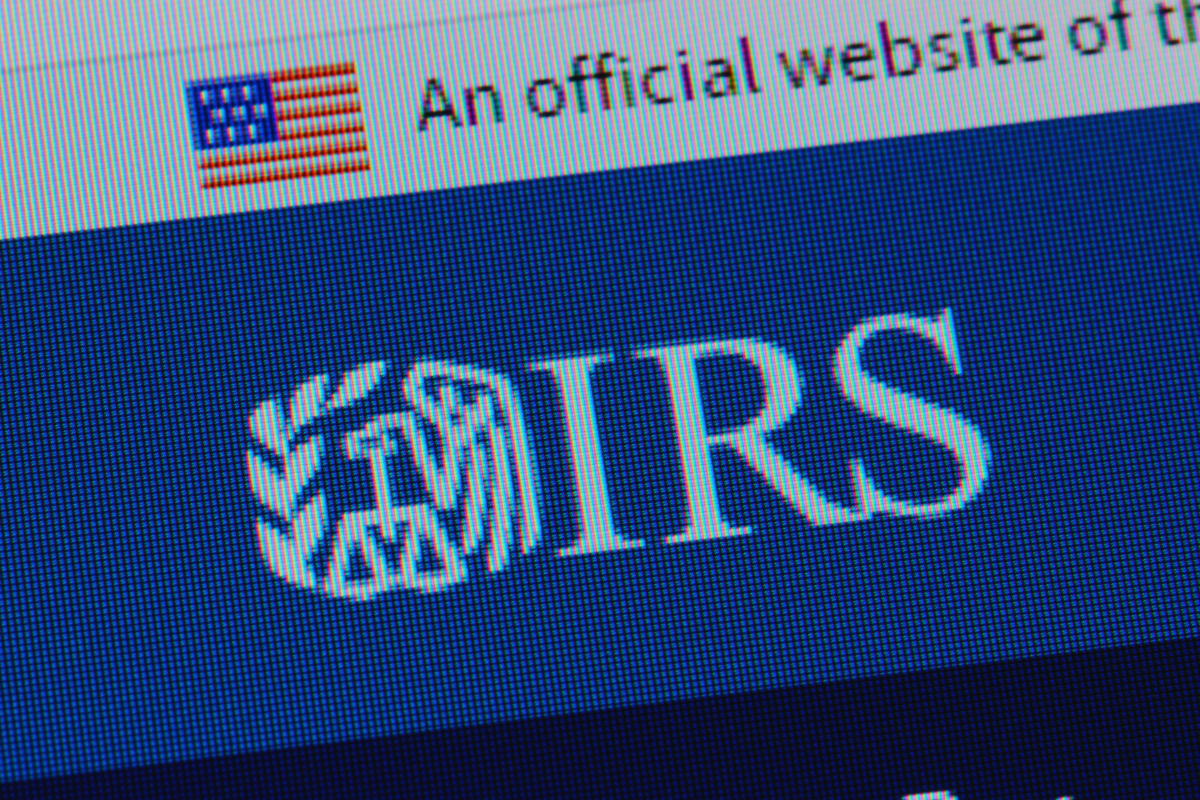IRS payment options and plans to make your return easier
When tax season rolls around, many people face the challenge of paying their outstanding balance. Fortunately, the IRS offers several payment options that can make it easier to meet this obligation without significantly affecting your financial stability. Knowing these methods will allow you to effectively manage your debt and avoid penalties.
One of the most popular payment options is online payment through the IRS portal. This method allows direct electronic transfers from a bank account without additional costs. You can also opt for debit or credit cards, although these usually include processing fees.
If you can’t pay the full amount right away, the IRS offers payment plans that break up the debt into more manageable monthly installments. There are short-term agreements, with a term of up to 180 days, and long-term plans for larger debts, which can extend over several years. These plans include interest, but avoid harsher penalties.
For those facing extreme financial hardship, the IRS has an offer-in-compromise program. This option allows for negotiating a reduction in the amount owed if it is shown that full payment would cause serious financial harm. However, the approval process is rigorous and requires detailed documentation.
Another option is a temporary forbearance, in which the IRS determines that a taxpayer cannot pay at that time. If approved, the debt is not eliminated, but is postponed until the person improves his or her financial situation.
It is essential to explore all payment options before making a decision. If the tax debt is high or the situation is complex, it is advisable to seek professional advice from an accountant or tax attorney.
Taking advantage of IRS payment plans can help you meet your obligation without creating financial stress. The key is to act early and choose the best strategy based on your needs.

